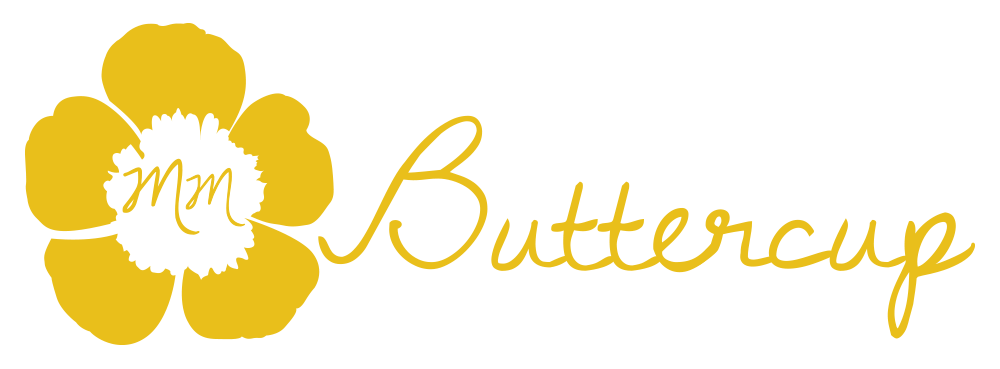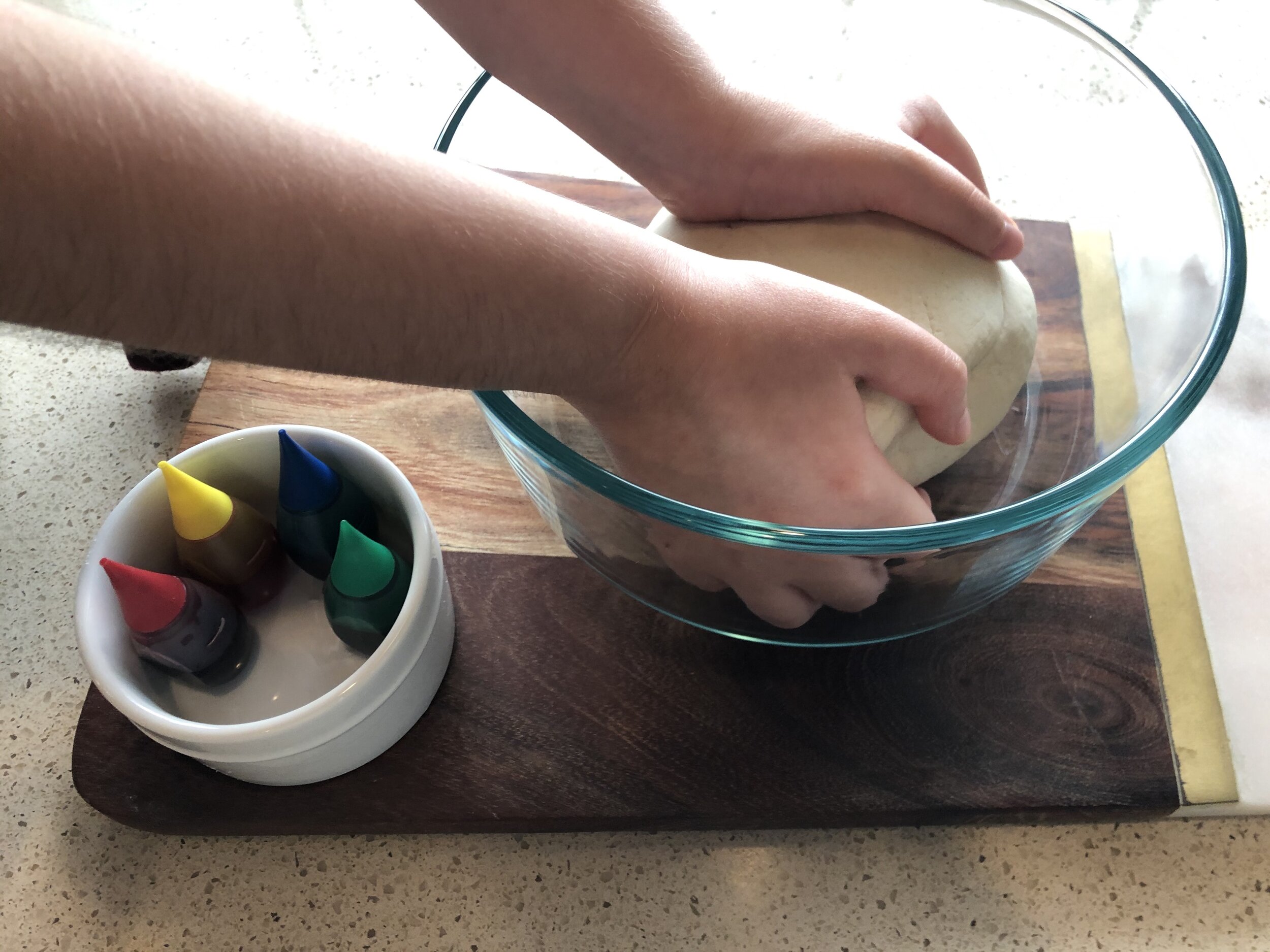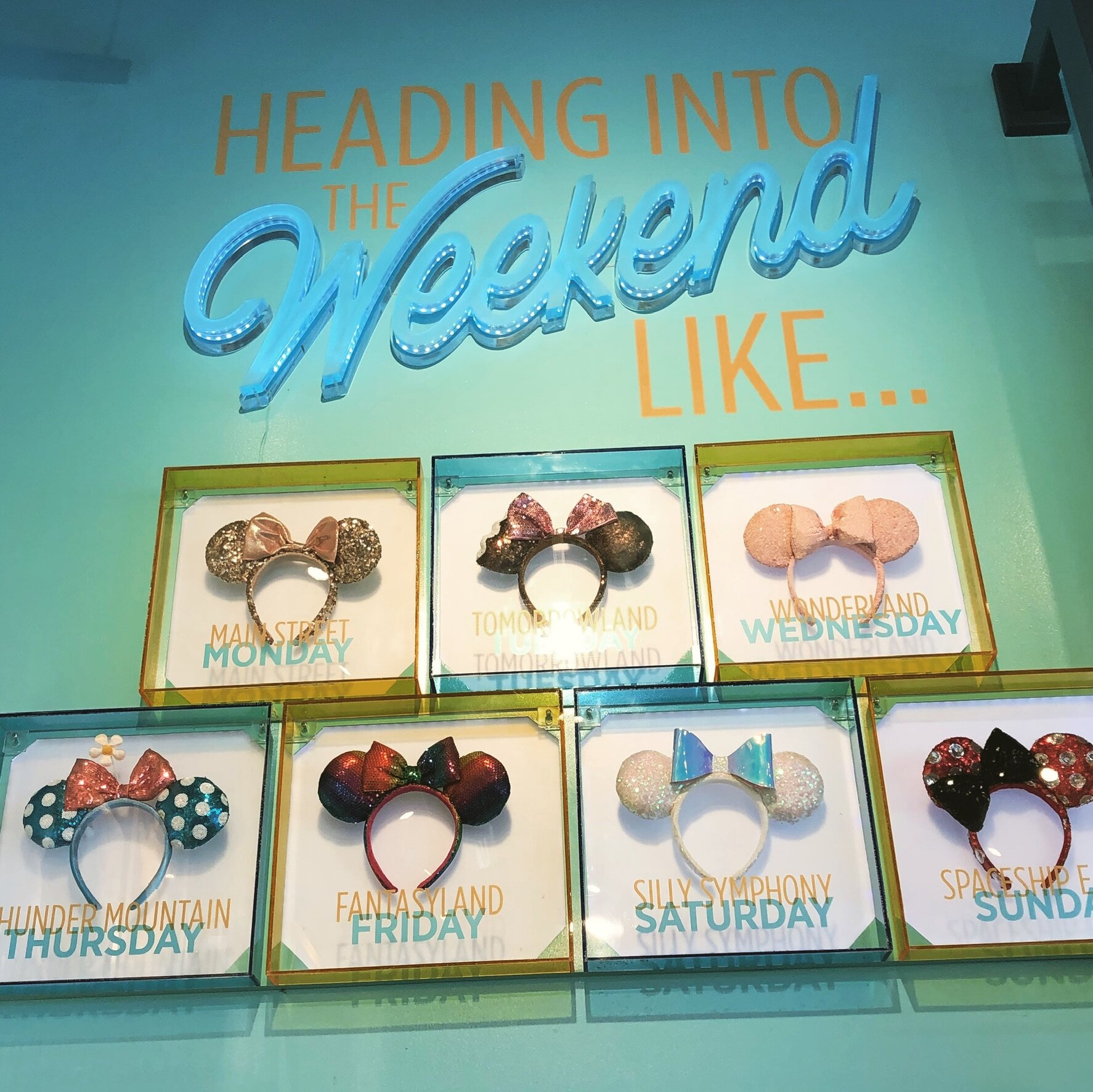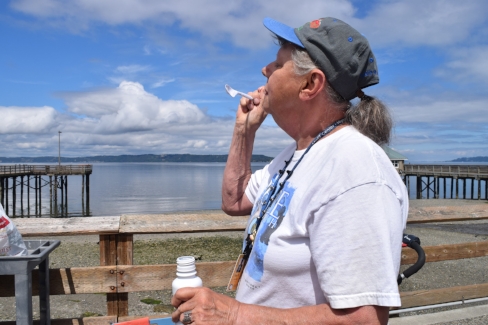Climb in. The engine’s roaring. These two lanes can take us anywhere. It’s “Thunder Road.” The song. Something exciting starts to happen in my ears and in my heart when I hear Bruce Springsteen belt out the start of the song, “The screen door slams” (Springsteen, 1975). It’s a gutsy invitation.
Chase after that thing you really want. Take action. Do something. Now. No time to waste. In this song, Thunder Road, the narrator seems to be inviting the listener to the chase.
R.S.V.P. is unnecessary. How can the listener not accept his invitation when Springsteen sings, “Oh, come take my hand” (Springsteen, 1975) on the Thunder Road track of Born to Run. Invitation accepted.
Acceptance is moving forward. Avanti. “I got this guitar and I've learned how to make it talk” (Springsteen, 1975) is where he explains in Thunder Road the power of voice and communication. He has learned to use musical tools to express himself. Communicate ideas.
Writers have tools and approaches to expressing themselves in their writing. Finding the right words and then saying them is part of the chase. Chasing thoughts. Chasing words. Chasing down ideas and then playing with them because the engine is roaring loudly and with urgency.
When I write a journal article, the last thing I usually do is develop the title. I wrote about titles and shared how to use a self-assessment strategy when creating the title for a study, as well as other parts of an academic paper (Macy, in press). This writing strategy is something I use with my college students, and I wanted to be able to share it with others to help people find their way to developing a manuscript for an academic audience. The reason I prefer to write the title as one of the last things is because the paper changes during the writing process. Title development is last for me. Songwriter Springsteen shared in an interview on a radio show that he basically does the opposite. Title development is first for him.
He writes the title first, or comes up with a metaphor when starting the writing process. Springsteen shared how the title for Thunder Road was inspired by the 1958 movie with Robert Mitchum. He explained on VH1 Storyteller how inspiration came from the Mitchum film. Thunder Road is the title of the movie, as well as the title he gave his song. Titles!
Another writer known for titles is Agatha Christie. Artifacts are preserved from her writing that are well-known fan favorites and deep cuts. Novelist, Agatha Christie, had a process for creating titles saved in her journals. Christie developed a pictogram for the title of a famous play she wrote in one of her journals. In addition to writing mystery books, Christie also wrote plays to be performed live. The pictogram in her journal showed where she drew three pictures for the title: “Three Blind Mice.” Christie later discovered that there was already an author who used the same words in their title.
What’s a playwright to do? She changed the title from “Three Blind Mice” to “Mousetrap.” Maybe you’ve seen “Mousetrap” on stage or movie? Authors of all types invest thoughtful energy in creating the perfect title.
In academic writing, shorter titles are often favored over longer titles (Ferreira Garcia et al., 2019; Habibzadeh & Yadollahie, 2010; Jamali & Nikzad, 2011; Paiva et al., 2012). What would you use for a title to capture your dream for 2025? Discover what you have to say with a short or long title. In the style of Springsteen, why not start the new year with a brand new journal and write your 2025 title on the cover.
It’s an invitation. My blog this month is an invitation for you to write it down. Goal setting can be part of the journal writing process. For me, I set an intention for 2025 to play more. I’m going to try to pursue play by saying “YES” to playful adventures. For example, I’ve always wanted to learn how to ski. Even though it scares me a little bit, I’m going to ski and play in the snow any chance I get and write about it in my journal.
The title of my journal is, “The Avanti Playbook 2025.” The word avanti in Italian means to go forth. Keep moving forward with a smile and amore in the heart. The word "play" can be a verb or noun. When we play we are engaging in an activity for enjoyment and recreation. Many children experience play deficits in their young lives. It is necessary for adults to honor and promote play. Not just for children, but for ourselves too as my former student Kelcie Burke wrote in her guest blog for BUTTERCUP last month. Thank you, Kelcie. How do you define play? What does it look like when you play? What do you notice when you observe children playing? How about you? What say you, my friend? Do you have a playful goal(s) for 2025?
Write it down. I invite you to think about this new year and chase your dreams no matter how big or small with journal writing. “And I know you're lonely for words that I ain't spoken” (Springsteen, 1975) shows how hard it can be to speak or communicate the things that are important. Maybe the words don’t come easily. Maybe it’s fear of rejection. Maybe there are no words to truly capture what it is the writer means to say. In the journal you can create the meaning with the words chosen. The words can be revised again and again. Writing can be a solitary act and different from speaking aloud to someone. When writing, you only have yourself and nobody interrupts as the ideas enter and you get them written. You’re in the driver’s seat.
Cue the harmonica. What else can we do now except roll down the window and start writing …“with a chance to make it good somehow” (Springsteen, 1975).
Objects are like treasures that Agatha Christie wrote about with rich descriptions in her stories. Christie was married to an archeologist. She met her second husband on a dig where Christie presumably fell in love with him and ancient objects. The journal in the picture above is one of my objects of affection. My kind friend made this journal for me for my birthday out of pages of books/sheet music, vintage oilcloth, crushed velvet, and an antique Italian map. She stitched this mosaic together to form the cover pages using her sewing machine. Grazie mille, amica! I take this treasured journal with me when I travel to Italy.
A selfie with Agatha Christie near Piccadilly Circus in London, England.
A version of this blog post appears in “Behind the Paper” from Springer Nature.
References
Ferreira Garcia, D. C., Chaves Gattaz, C., & Chaves Gattaz, N. (2019). The relevance of title, abstract and keywords for scientific paper writing. RAC: Revista de Administração Contemporânea, 23(3), 453. https://doi-org.libproxy.uwyo.edu/10.1590/1982-7849rac2019190178
Habibzadeh, F., & Yadollahie, M. (2010). Are shorter titles more attractive for citations? Cross-sectional study of 22 scientific journals. Croation Medical Journal, 51(2), 165-170. https://doi.org/10.3325/cmj.2010.51.165
Jamali, H. R., & Nikzad, M. (2011). Article title type and its relation with the number of downloads and citations. Scientometrics, 88(2), 653-661. https://doi.org/10.1007/s11192-011-0412-z
Macy, M. (in press). A self-assessment strategy for writing and publishing a quantitative research article. Early Childhood Education Journal. https://doi.org/10.1007/s10643-024-01829-z. Published online before print December 20, 2024.
Paiva, C. E., Lima, J. P. da S. N., & Paiva, B. S. R. (2012). Articles with short titles describing the results are cited more often. Clinics, 67(5), 509-513. https://doi.org/10.6061/clinics/2012(05)17
Springsteen, B. (1975). Thunder road [song]. On Born to Run. Columbia; Sony.
Looking forward to 2025. Avanti.




















































